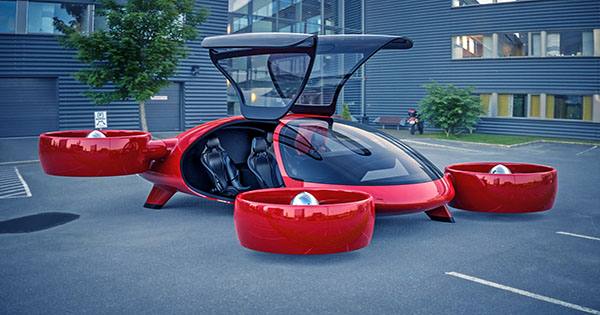Researchers created a model that detects workplace stress based solely on how people type and move their computer mouse. Employees may be able to avoid chronic stress by doing so early on. One in every three employees in Switzerland suffers from workplace stress. Those who are affected frequently are unaware that their physical and mental resources are dwindling until it is too late. This emphasizes the importance of identifying work-related stress as early as possible, in the workplace.
ETH Zurich researchers are now taking an important step in this direction. They created a model that can tell how stressed we are simply by the way we type and use our mouse, using new data and machine learning.
And there’s more: “How we type on our keyboard and move our mouse seems to be a better predictor of how stressed we feel in an office environment than our heart rate,” says study author Mara Nägelin, a mathematician who conducts research at ETH Zurich’s Chair of Technology Marketing and the Mobiliar Lab for Analytics. If properly applied, these findings could be used in the future to prevent increased stress in the workplace from the start.
When people are stressed, they move the mouse pointer more frequently and less precisely, covering longer distances on the screen. Relaxed people, on the other hand, take shorter, more direct routes and spend more time doing so.
Mara Nägelin
Stressed people type and click differently
In an experiment, the ETH researchers demonstrated that stressed people type and move their mice differently than relaxed people. “When people are stressed, they move the mouse pointer more frequently and less precisely, covering longer distances on the screen. Relaxed people, on the other hand, take shorter, more direct routes and spend more time doing so,” Nägelin says.
Furthermore, people who are stressed at work make more typing errors. They write in spurts, with many brief pauses in between. When typing on a keyboard, relaxed people take fewer but longer pauses.
The connection between stress and our typing and mouse behavior can be explained with what is known as neuromotor noise theory: “Increased levels of stress negatively impact our brain’s ability to process information. This also affects our motor skills,” explains psychologist Jasmine Kerr, who researches with Nägelin and is a co-author of the study.

Simulating office stress as realistically as possible
The ETH researchers observed 90 study participants in the lab performing office tasks as close to reality as possible, such as scheduling appointments or recording and analyzing data, to develop their stress model. They took notes on the participants’ mouse and keyboard movements, as well as their heart rates. Furthermore, the researchers asked the participants how stressed they were several times during the experiment.
While some participants were allowed to work uninterrupted, others were required to attend a job interview. Half of this group was also constantly interrupted by chat messages. In contrast to earlier studies by other scientists, where the control group often did not have to solve any tasks at all and could relax, in the ETH researchers’ experiment, all participants had to perform the office tasks.
“We were surprised that typing and mouse behaviour was a better predictor of how stressed subjects felt better than heart rate,” Nägelin says. She explains that this is because the heart rates of the participants in the two groups did not differ as much as in other studies. One possible reason is that the control group was also given activities to perform, which is more in line with workplace reality.
Data must be protected
The researchers are currently testing their model with data from Swiss employees who agreed to have their mouse and keyboard behavior, as well as their heart data, recorded directly at work using an app. The same app also asks employees about their subjective stress levels on a regular basis. By the end of the year, the results should be available.
However, detecting workplace stress raises some difficult issues: “The only way people will accept and use our technology is if we guarantee that their data will be anonymized and protected.” “We want to help workers identify stress early on, rather than create a monitoring tool for businesses,” Kerr says. In another study involving employees and ethicists, the researchers are investigating which features an app needs to have to meet these requirements and ensure responsible handling of sensitive data.
















